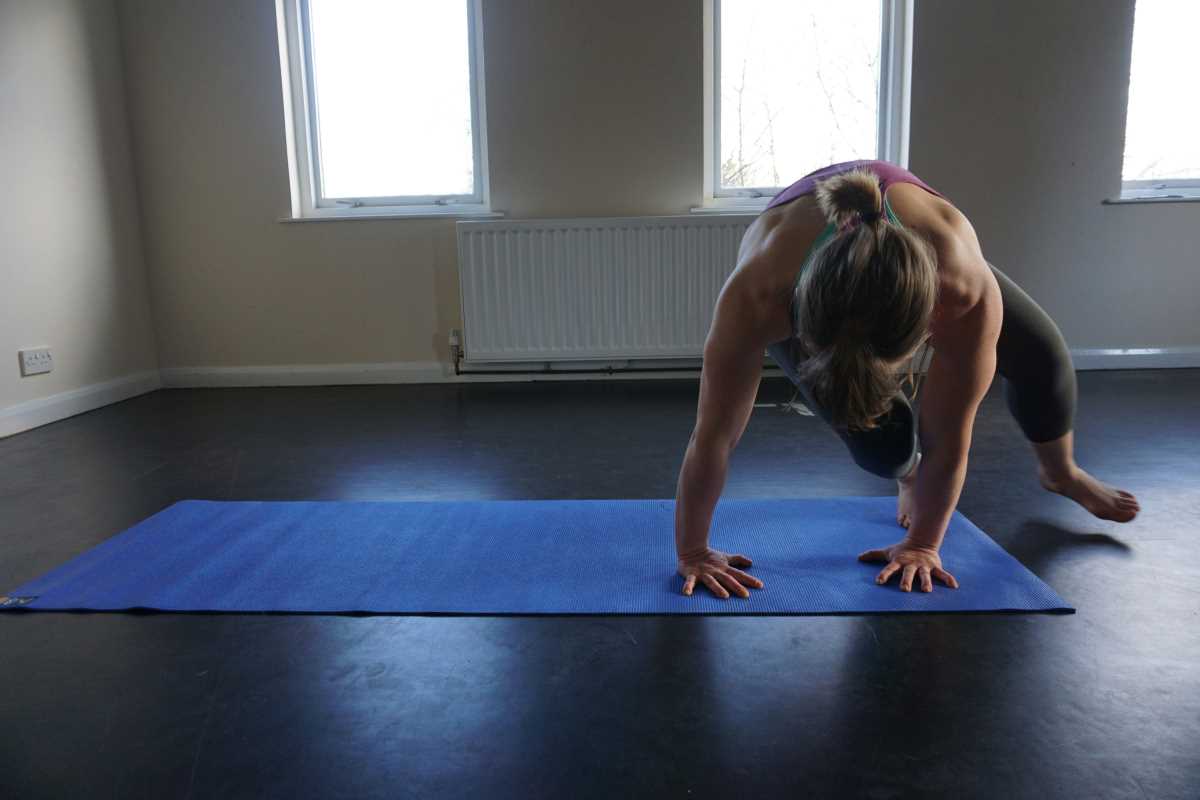Strong bones support us through every stage of life, and their care grows even more crucial once we reach the age of 40. As time passes, bones naturally lose density, making them more susceptible to fractures and discomfort. Paying attention to bone health now can help keep joints flexible and movement easy for years to come. Choosing nutritious foods, staying physically active, and adopting habits that support bone strength all play a vital role in preserving mobility and independence. Simple changes today can make a meaningful difference, helping us remain active and confident as we grow older.
A combination of proper nutrition and tailored exercise routines can significantly impact the strength and integrity of our bones. By understanding what changes occur in our bodies with age and how exercise influences bone density, we can create a plan that is both realistic and effective.
Why Bone Density Declines After Age 40
As people enter their 40s, the bodies start to show signs of wear and tear. Cells responsible for bone remodeling slow down, and the balance between bone formation and bone resorption shifts. This shift causes a gradual drop in bone density, making bones more vulnerable to injuries and breaks.
Hormonal changes are also a key factor. For many, the decrease in hormones that protect bone health, like estrogen in women and testosterone in men, accelerates bone loss. Understanding these changes helps us adjust our fitness routines to protect our skeletal system.
Key Nutritional Support for Strong Bones
What we eat plays a critical role in maintaining bone health. Simple adjustments in our diet can provide the necessary nutrients that support a well-built skeletal system. Incorporating these nutrients into daily meals offers a significant benefit over time.
Focus on a balanced diet that includes foods known to strengthen bones. Consider these essential nutrients and their food sources:
- Calcium – dairy products such as milk, yogurt, and cheese, as well as leafy greens like kale and spinach
- Vitamin D – fortified foods, fatty fish, and safe sun exposure
- Magnesium – nuts, whole grains, and legumes
- Protein – lean meats, beans, and tofu
- Omega-3 fatty acids – fish like salmon, chia seeds, and walnuts
Weight-Bearing Exercises for Bone Health
Weight-bearing exercises are crucial because they force the body to work against gravity, which stimulates bone formation. These activities often include movements where your feet and legs support the body, encouraging your skeletal system to adapt and become stronger.
Integrating these exercises into your weekly routine does not require a gym membership. Simple, everyday activities can significantly boost bone density. Here are some top weight-bearing exercises you might try:
- Walking briskly – a low-cost, accessible exercise, perfect for any schedule.
- Jogging or light running – great for those who can handle a bit more intensity.
- Hiking – offers variety and natural terrain which challenges the body.
- Dancing – an enjoyable way to move, keep the heart healthy, and improve bone strength.
- Stair climbing – a practical everyday exercise that builds lower body strength.
Strength Training Routines to Build Bone Density
Strength training helps build muscle, which in turn places a healthy load on the bones, encouraging them to become stronger. Beginners can start with simple routines that involve bodyweight exercises and light weights. Taking the time to learn proper form prevents injuries and builds confidence as you progress.
Begin with exercises like isolated arm curls, leg lifts, and modified push-ups. Gradually include more complex movements such as squats or lunges. Pay attention to how your body responds, and remember that consistency matters more than intensity, especially in the early stages of building strength.
Low-Impact Alternatives and Modifications
Not everyone can jump into high-intensity workouts, especially if mobility or joint concerns exist. Low-impact exercises offer alternatives that protect the joints while still providing the benefits of physical activity. These modifications allow everyone, regardless of their current health status, to participate in routines aimed at boosting bone density.
Consider options that reduce stress on the joints while increasing strength and balance. Swimming, cycling, and water aerobics provide excellent alternatives to running or jumping. Taking classes focused on low-impact training, like Pilates or gentle yoga sessions, can also offer a great benefit without worrying about injuries.
How to Stay Motivated and Consistent
Maintaining a regular workout schedule can sometimes feel challenging when progress appears slow. Set small, achievable goals and celebrate your victories to stay motivated over time. Changing your routine with new activities can also keep your enthusiasm high.
Try these practical tips to keep your routine exciting and consistent:
- Set small, achievable goals that you can meet each week.
- Keep a fitness journal to track your progress and note improvements.
- Find a workout partner to share the journey, which adds accountability.
- Mix different exercise types to prevent boredom and overuse injuries.
- Reward yourself with non-food treats when you reach a milestone.
Staying active while managing a busy schedule is possible with some planning and persistence. The right combination of exercises along with supportive nutritional habits can lead to higher bone density and increased energy levels.
Each walk or strength exercise contributes to a healthier future. Maintain balance and make small, thoughtful changes.
 (Image via
(Image via





